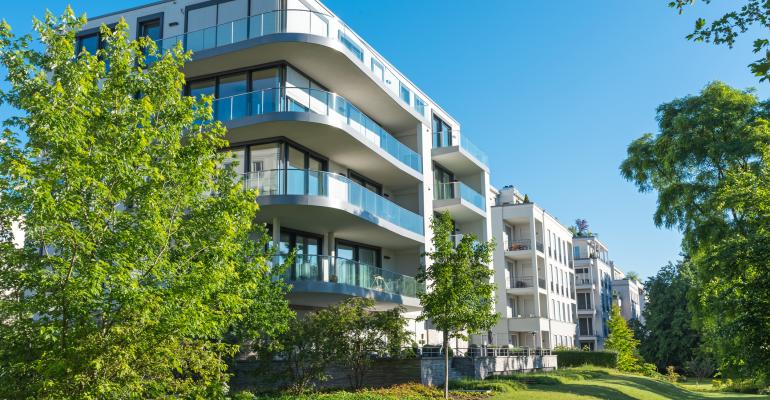Sponsored by Marcus & Millichap
By John Chang
The apartment investment climate has begun a significant transition, moving from an aggressive growth pace to a more stable but still positive outlook. Multifamily investors have reaped strong returns in the post-recession era as a combination of factors reinforced significant gains in fundamentals and pricing. The lengthy and durable economic growth cycle, the alignment of positive demographic trends and a post-housing-bubble psyche that favors a rental lifestyle all contributed to apartment housing demand. This combination has generated steadily tightening vacancy rates and vigorous rent growth that has merged with elevated market liquidity to aggressively boost asset values. Over the last year, however, the market has begun to shift.
The pace of apartment rental income growth has slackened and, together with heightened investor caution, has moderated appreciation in numerous markets. Most of the gains created by the post-recession recovery have already been absorbed and most of the value-add opportunity has already been extracted, making it difficult for investors to find opportunities with substantive upside potential. At the same time, apartment construction has finally brought macro-level housing supply and demand back toward equilibrium, restraining upside potential in markets with sizable deliveries. These challenges have been compounded by a widened bid/ask gap, with many would-be apartment sellers remaining highly optimistic about the value of their properties. It will take time to tighten the expectation gap, but buyers and sellers are both discovering a flattening appreciation trajectory. These trends together with uncertainty surrounding government policies on taxes, healthcare and economic growth have united to rein in apartment transaction activity and asset appreciation. Still, a range of opportunities remain.
Investors are recalibrating strategies, broadening their search and sharpening their efforts to find investment options. They are reopening the consideration of assets they ignored just a few years ago and they are expanding criteria to include a range of class-B and class-C assets, outer-ring suburban locations, and properties in secondary or tertiary markets. The yield premium offered by these assets has drawn an increasing amount of multifamily capital. In the last year, nearly half of the dollar volume invested in apartment properties over $1 million went to secondary and tertiary markets, up from 42 percent of the capital in 2010. This influx of capital has caused cap rates in tertiary markets to fall from the high-8 percent range in 2010 to their current average near 6 percent. During the same period, national cap rates of class-B and class-C apartment properties have fallen by 200 basis points to the mid-5 percent range. Considering the low cost of capital, these yields remain attractive to investors with longer-term hold plans.
Assuming some of the uncertainty surrounding taxes and other key legislative issues disperses and concerns over the influx of new supply moderate, apartment sales activity should normalize and the bid/ask spread should retract. At the same time, increasingly flexible investors will push activity to smaller metros, supporting broad-based liquidity. Together, these forces could reignite a more dynamic investment climate in 2018.
John Chang serves as the first vice president of research services for Marcus & Millichap. Chang is responsible for the production of the firm’s vast array of commercial real estate research publications, tools and services.
Learn more at www.marcusmillichap.com.

